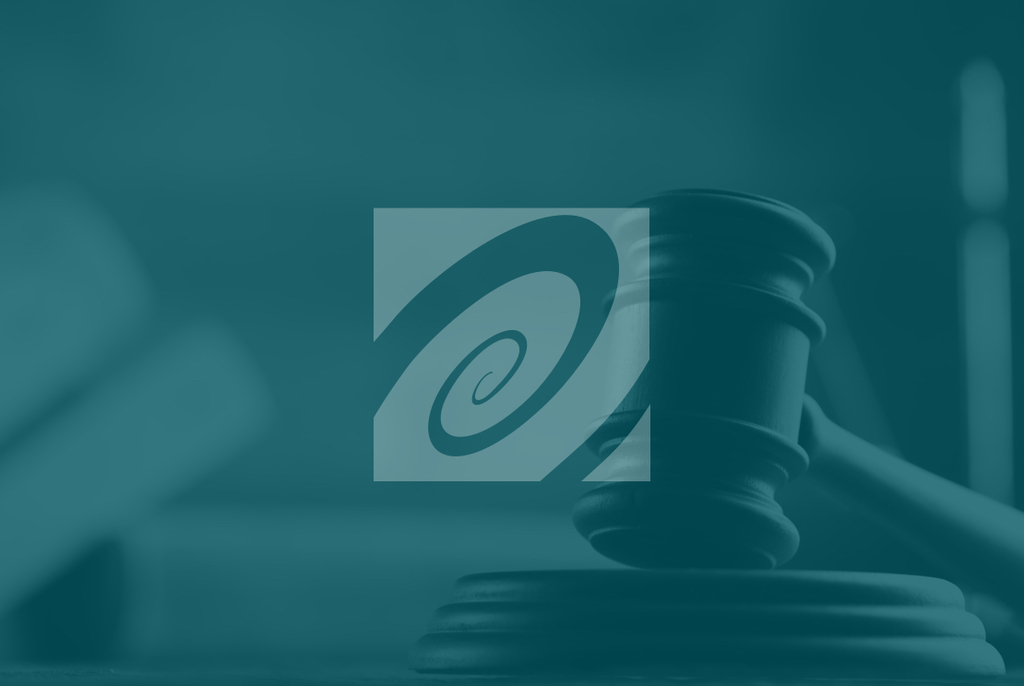Imagine listening to members of Congress making statements like the following:
- “One look at the current budget will show the large amount of money needed to pay for defaulted loans—about $1.4 billion for just one year alone. The amounts expended over the past 5 years for defaults have risen by 85 percent.”
- “During the most recent fiscal year, the federal government has estimated that Federal default costs exceeded 40 percent of the obligations for the entire federally insured Loan Program. The $1.5 billion the Federal Government paid last year in defaults was the third highest expense incurred by the federal agency in charge of the program.”
At first blush you might think these statements were from the recent Goldman Sachs hearing on the Capitol Hill. However, these statements evolved from another crisis more than twenty years ago involving federal student loan programs. In the student loan crisis of the 1980s and early 1990s, many predatory and for-profit career schools fleeced the federal government through fraudulent and deceptive education practices, which saddled students with unmanageable student loan debt and bogus educational credentials that did not lead to employment. The results were devastating to individuals, families, and taxpayers. And like today, student loan lenders were not significantly affected since the government and taxpayers guaranteed all the loans and created a no risk system for lenders funding the fraud and abuse.
In 1989 as a result of the massive student loan abuse, Congress did not just bail out the lenders. Congress also created mandatory minimum thresholds for schools and lenders to participate in the federal student loan program. For example, Congress enacted a maximum default rate for schools and lenders seeking the right to continue participating in the program. In other words, in order to have the privilege of participating in the federal student loan program, the default rates of schools and lenders were tracked and reported annually for the first time. Those schools and lenders with unacceptable default rates would lose their right to issue federally insured student loans. As a result of these requirements, the government was able to weed out the “bad apples,” and now, over twenty years later, the overall default rates for federal student loans have dropped from 22.4% in 1992 to just 6.7% in 2007.
Given the present mortgage meltdown and negative consequences it has created on the economy, families, communities, and others, it should be obvious to decision makers that the privilege of a mortgage lender/broker license from Maryland or even the federal government needs to be reconsidered. Why should lenders, brokers, or loan officers with exceedingly high default rates be allowed the privilege of a license from our government and continue to operate if they are just churning out loans that are not affordable and will only fail? We know from the lessons of the past that effectively regulating these lenders is not overly complicated. All the government needs to do is track and publish default data and revoke the licenses of predatory mortgage lenders, brokers, and loan officers whose business practices result in unacceptable default levels. If we have learned noting else about the economic crisis of the last two years, we have to agree that a mortgage lender license is a privilege not a right.


